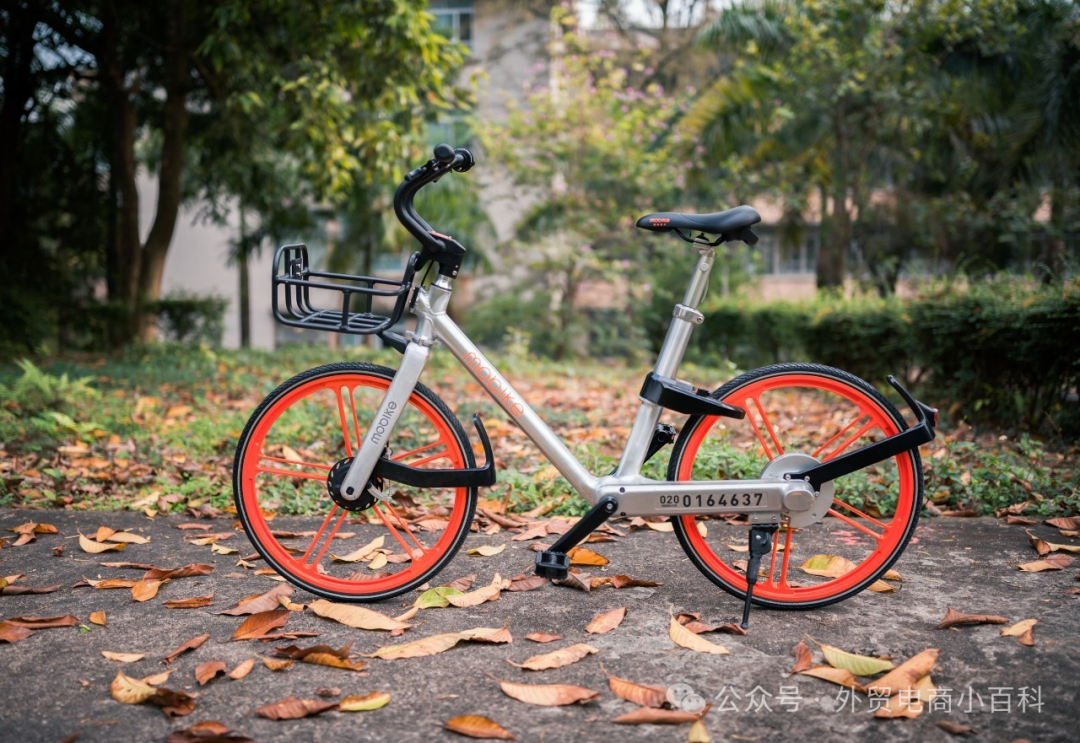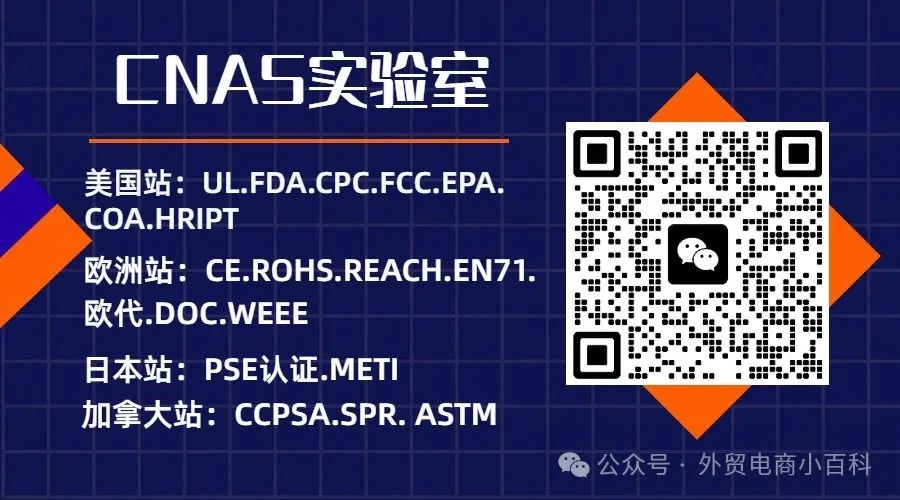The U.S. Consumer Product Safety Commission (CPSC) has decided to publish new requirements for electric bicycles under 16 CFR part 1512 in the Federal Register, after fully considering comments from the industry and consumers. This standard officially took effect in December. Electric bicycles (also known as e-bikes) are two-wheeled vehicles used by individuals, which enhance the rider’s pedaling power through the addition of a battery and pedal-assist system.

According to Amazon’s requirements, all bicycles must be tested and comply with the following specific regulations or standards:
1. Adult Bicycles (16 CFR * 1512 Part (Bicycle Requirements))
2. Children’s Bicycles
(16 CFR * 1512 Part (Bicycle Requirements))
(CPSIA 101 (Lead))
(16 CFR * 1501 Part (Small Parts Testing))
16 CFR 1512 Testing Standards Mechanical Performance Requirements: 1. Assembly: Bicycles that require assembly by the purchaser should not require mechanical skills beyond the capabilities of an average adult. 2. Sharp Edges: Areas where the rider’s limbs may come into contact must not have untrimmed metal burrs or sharp parts; metal edges that have been cut must be smooth. 3. Durability: Parts such as the frame, steering system, wheels, pedals, cranks, and brakes must not show visible fractures during testing. 4. Fasteners: Screws, bolts, or nuts used for securing or connecting must not break or lose their fastening function during testing; threaded fasteners must have good quality for adjustability and repair. 5. Control Cable Ends: Control cable ends must have protective covers or special treatments to prevent fraying; the cover must withstand a pull of 8.9N without coming loose. 6. Cable Friction: Cables must not rub against fixed parts of the bicycle and should move in and out along the direction of the guide tube to avoid abrasion. Brake System Requirements: 1. Brake System: Bicycles must be equipped with front and rear brakes or rear brakes only. 2. Hand Brake: Based on load testing, at least ten tests must be conducted, applying force to make the brake lever contact the handlebar, with a maximum force of 445N, followed by a rocking test with 68.1kg weight applied to the seat, ensuring no visible fractures, failures, or misalignments in the bicycle’s components. 3. Foot Brake: The foot brake must be tested according to specified force requirements, with a force of 311N applied to the pedal, and the braking force must not be less than 187N. Steering System Requirements: 1. Handlebar Insertion Mark: The handlebar must have a permanent ring or mark indicating the maximum insertion depth into the fork assembly. 2. Handlebar Strength: The handlebar of adult bicycles must withstand a force of 2000N, while children’s bicycles must withstand 1000N. 3. Handlebars: Handlebars must provide comfortable and safe control of the bicycle, and the ends must be capped or covered in some manner. Pedal Performance Requirements: 1. Structure: Pedals must be symmetrical. 2. Foot Straps: Pedals intended for use with foot straps must be securely attached to the straps, without requiring a textured surface. 3. Pedal Reflectors: Adult bicycle pedals must have specified reflectors, while children’s bicycle pedals do not require them. 4. Chain Performance Requirements: The tensile strength of adult bicycle chains must not be less than 8010N, while children’s bicycle chains must not be less than 6230N. Protective Device Performance Requirements: 1. Chain Guard: Bicycles with a single front and rear chainring must have a chain guard that covers at least 90° of the top chain. 2. Derailleur Protection: Derailleurs must be protected to prevent interference with the drive chain or improper adjustments that could stop the wheel from turning. 3. Tire Performance Requirements: The recommended inflation pressure by the manufacturer should be molded into the sidewall of the tire at a height of less than 3.2mm. Wheel Performance Requirements: 1. Spokes: No spokes should be missing. 2. Alignment: When the wheel is rotated to any position, the wheel assembly must be aligned so that there is no gap of less than 1.6mm between the tire and the fork or any frame component. 3. Rim: The rim must retain the spokes and tire when subjected to a side load of 2000N; this requirement does not apply to children’s bicycles. 4. Hub Performance Requirements: All bicycles (except children’s bicycles) must have fixed wheels with a positive locking device on the bicycle frame, and the locking device on the threaded axle must be tightened to the manufacturer’s specifications. 5. Fork Performance Requirements: The strength test results for the front fork must be at least 39.5J. 6. Frame Performance Requirements: The strength test results for the frame must be 890N. Note: The 16 CFR 1512 standard does not apply to products such as scooters, self-balancing unicycles, electric skateboards, electric tricycles, etc. Before testing, provide images of the tested products, including packaging, compliance marks, warning labels, and age grading (if applicable). The samples sent for testing must be consistent with the products displayed on the detail page.
Process for Obtaining GCC Certification for Bicycles:
1. Fill out the application form;
2. Sign the contract;
3. Send samples;
4. Arrange payment;
5. Laboratory testing;
6. Draft report;
7. Issue formal report.
One-stop testing and certification service.
If needed, please follow the WeChat public account “Foreign Trade E-commerce Encyclopedia”.

